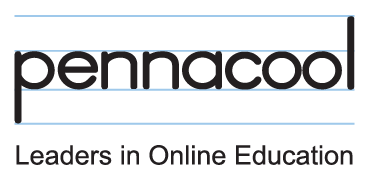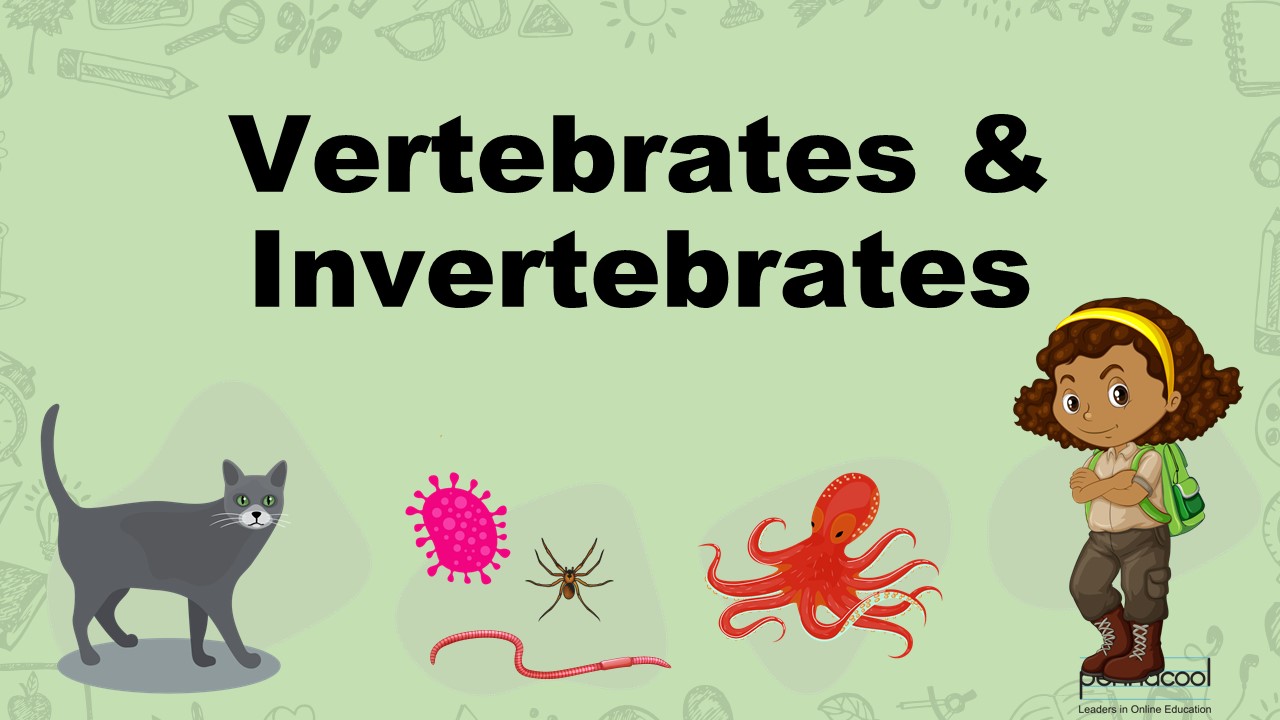
Some animals have bones and some do not. Explore more about these animals with us
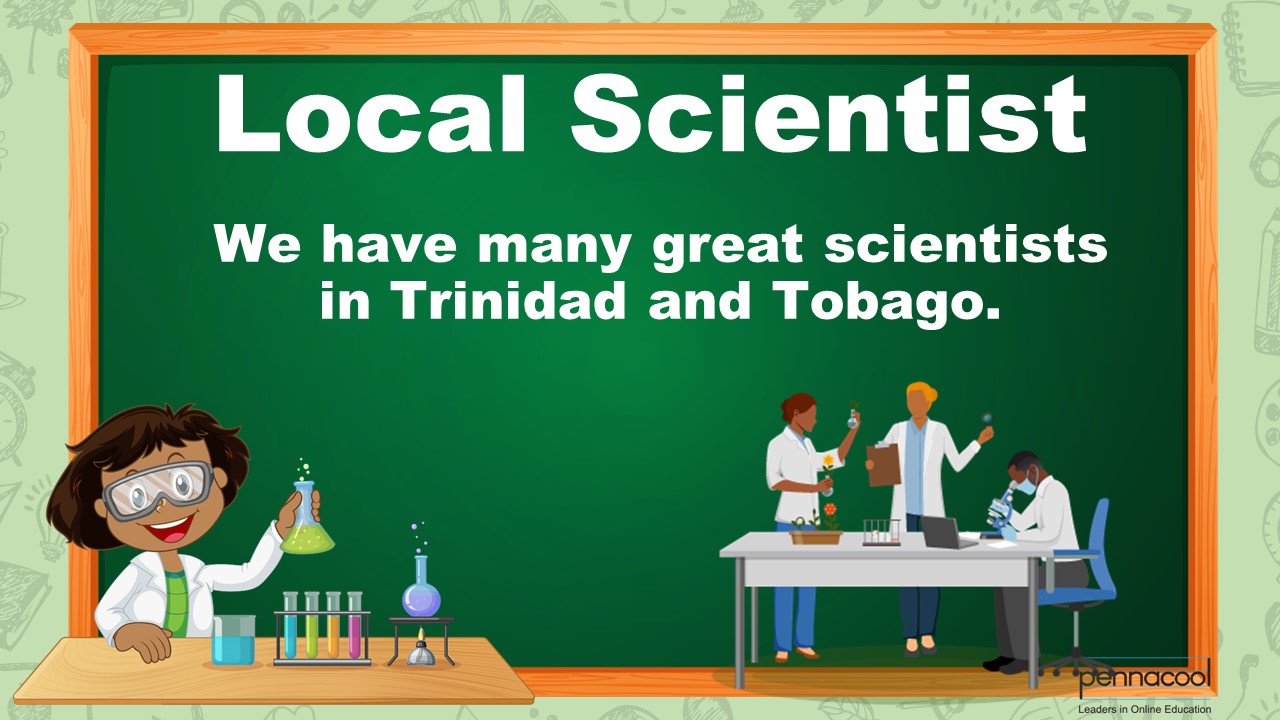
Learn more about our amazing Scientists from right here in Trinidad and Tobago and how you too can become one of them

Learn about separation by magnetism, sieving, hand picking and much more.
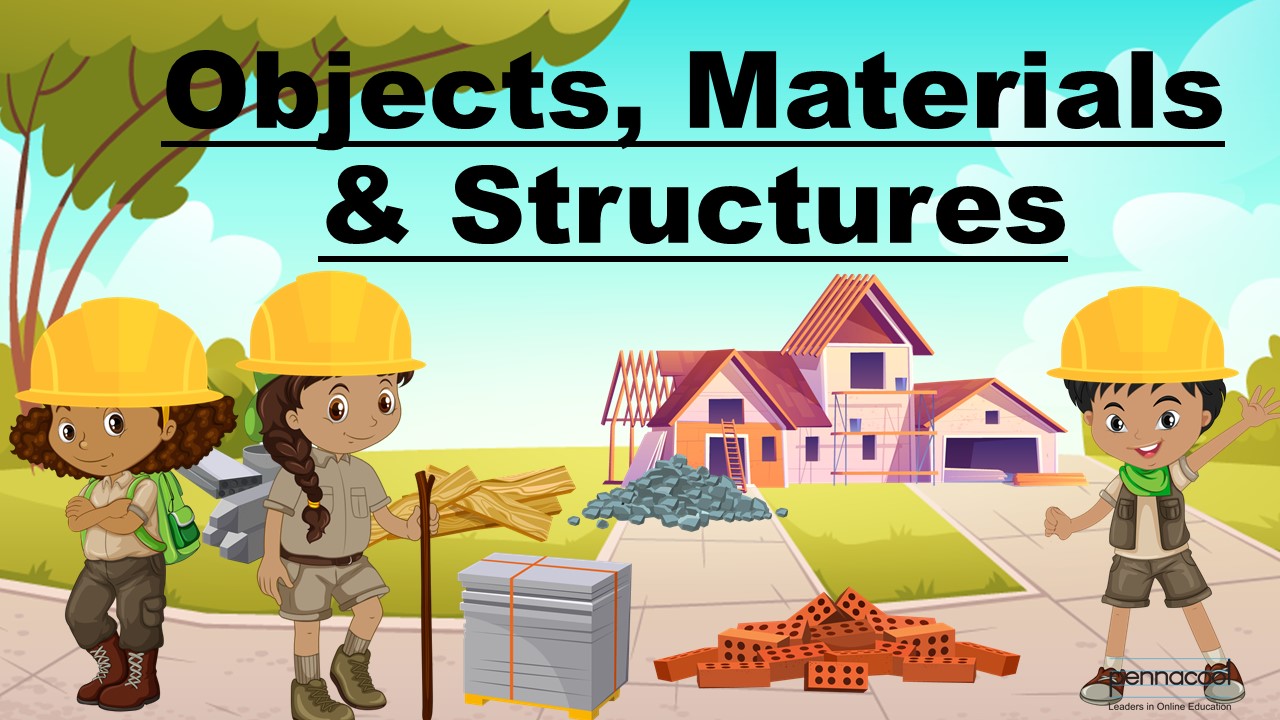
Materials often determine how objects are used and structures are built. Explore to learn more.
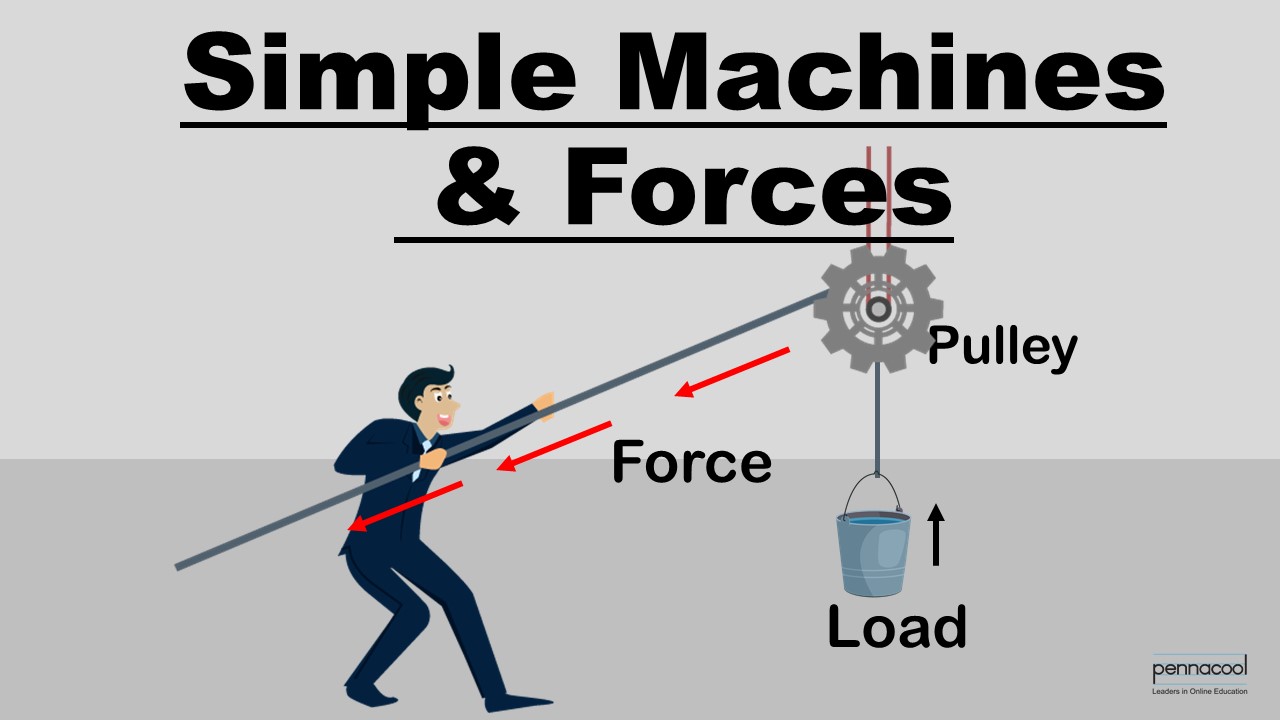
Simples machines & forces - Come discover how forces and machines make our lives easier.
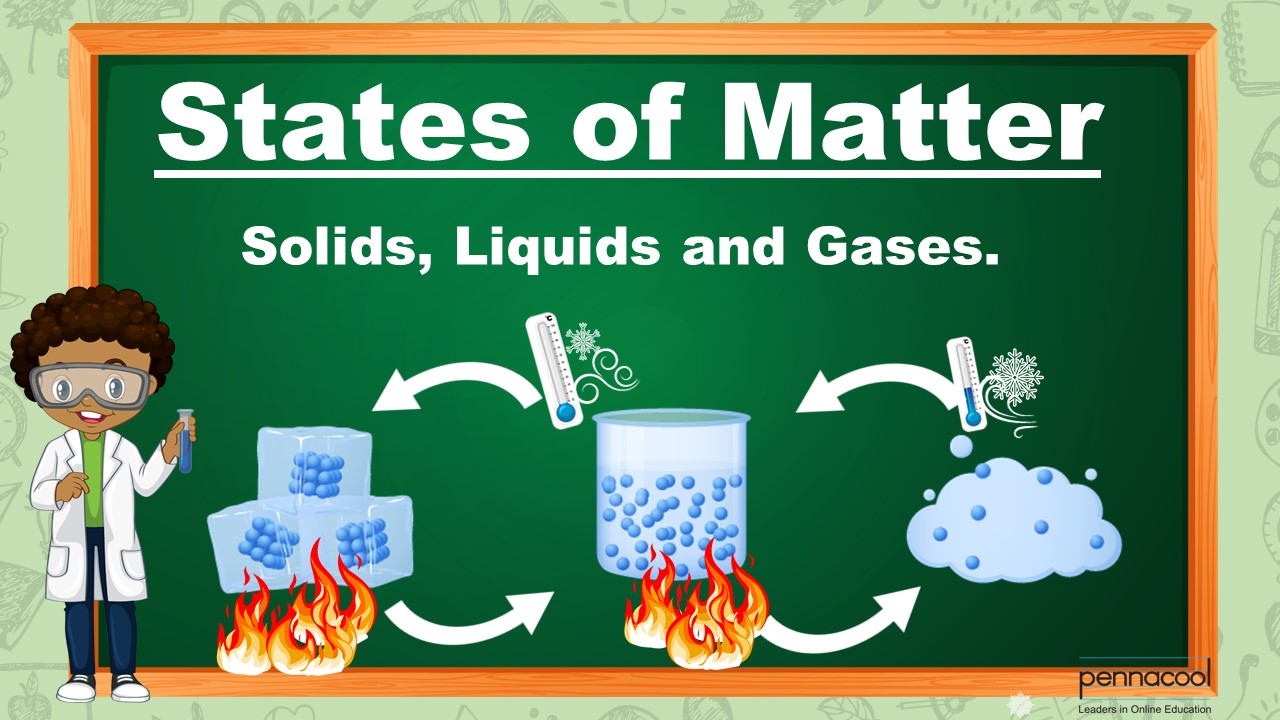
Everything that you can see, smell or touch is made up of matter. Learn more about it's three main states: solids, liquids and gases.
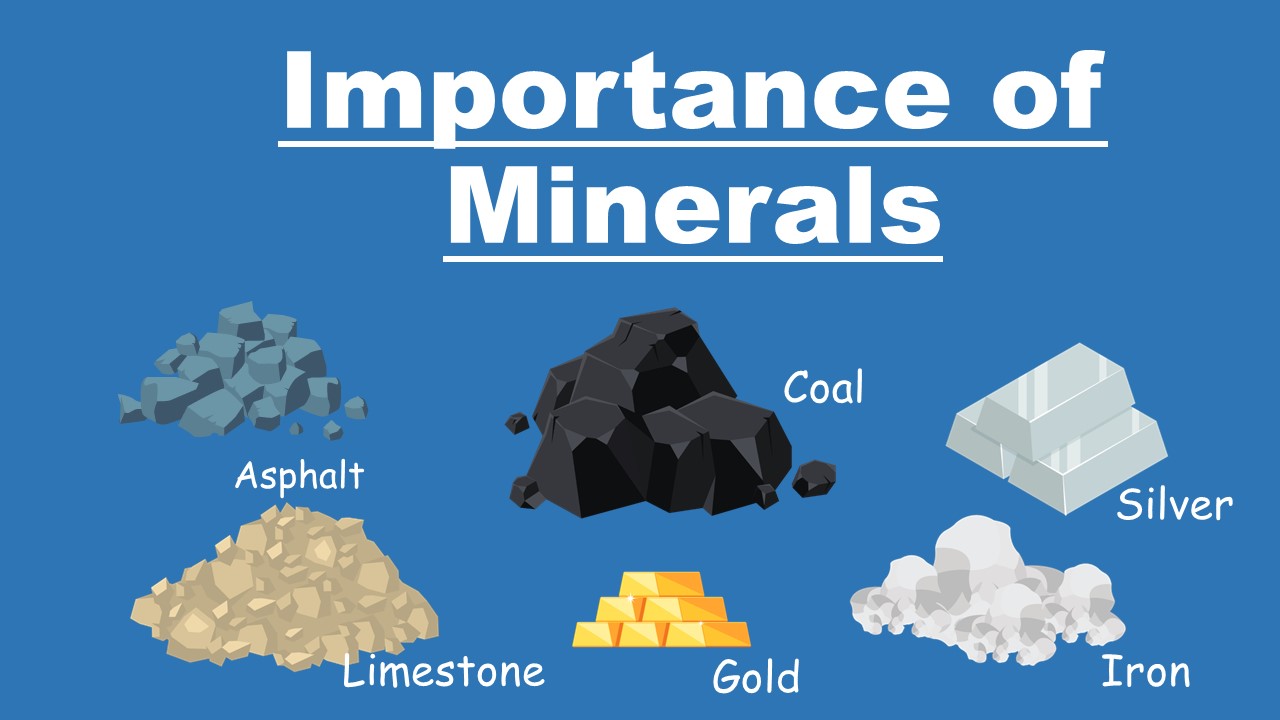
Minerals are solid substances that are present in nature. Learn about gold, asphalt, iron & limestone.
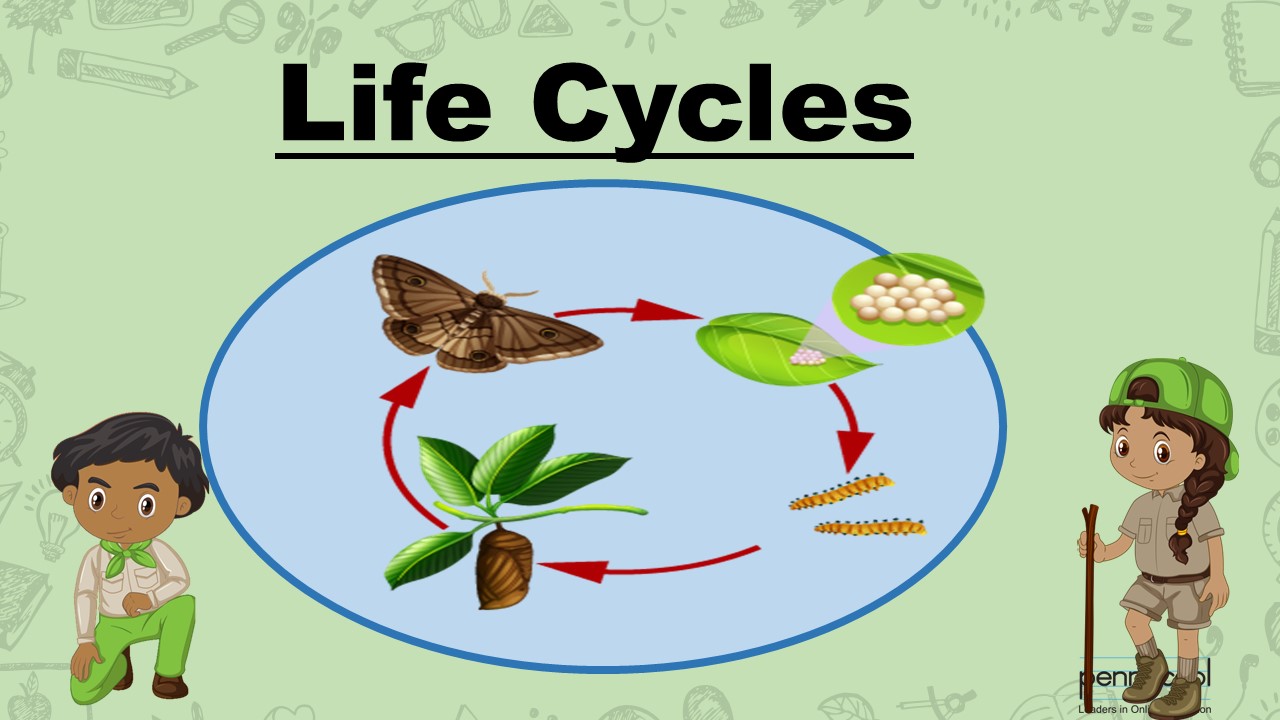
Explore how animals change as they grow.
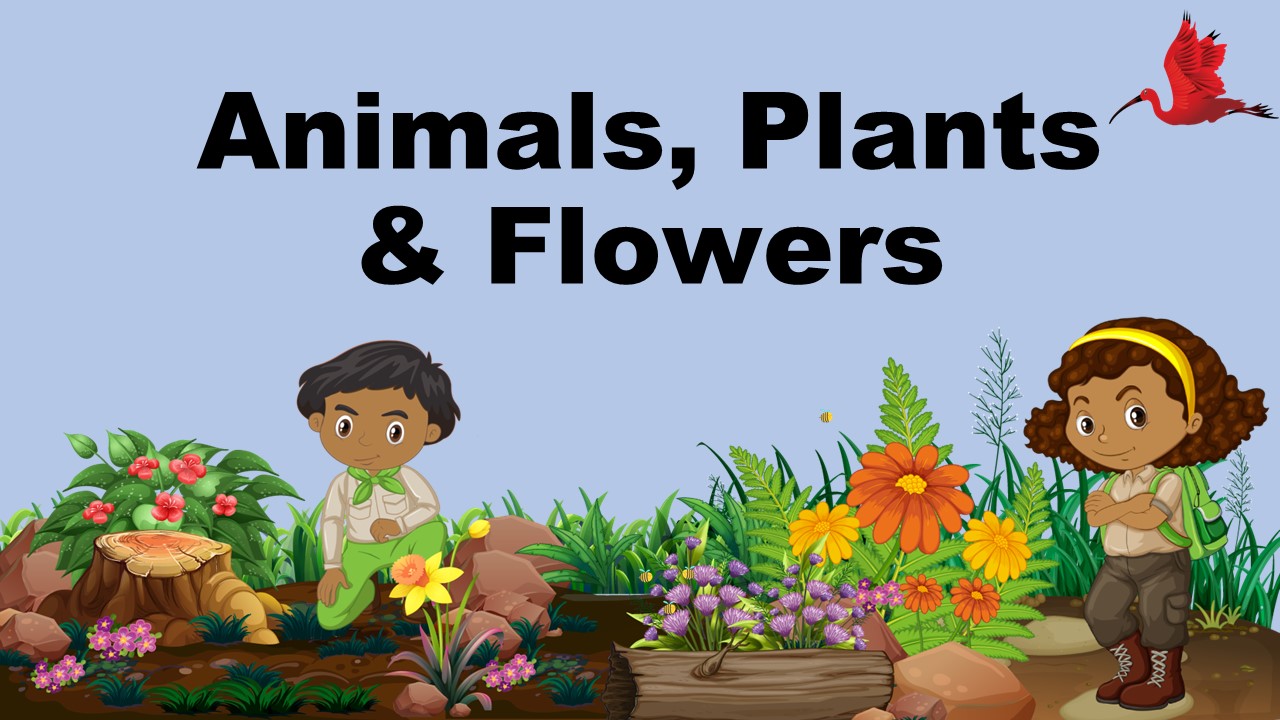
Learn about the different parts of a flower, and all the other features of animals & plants
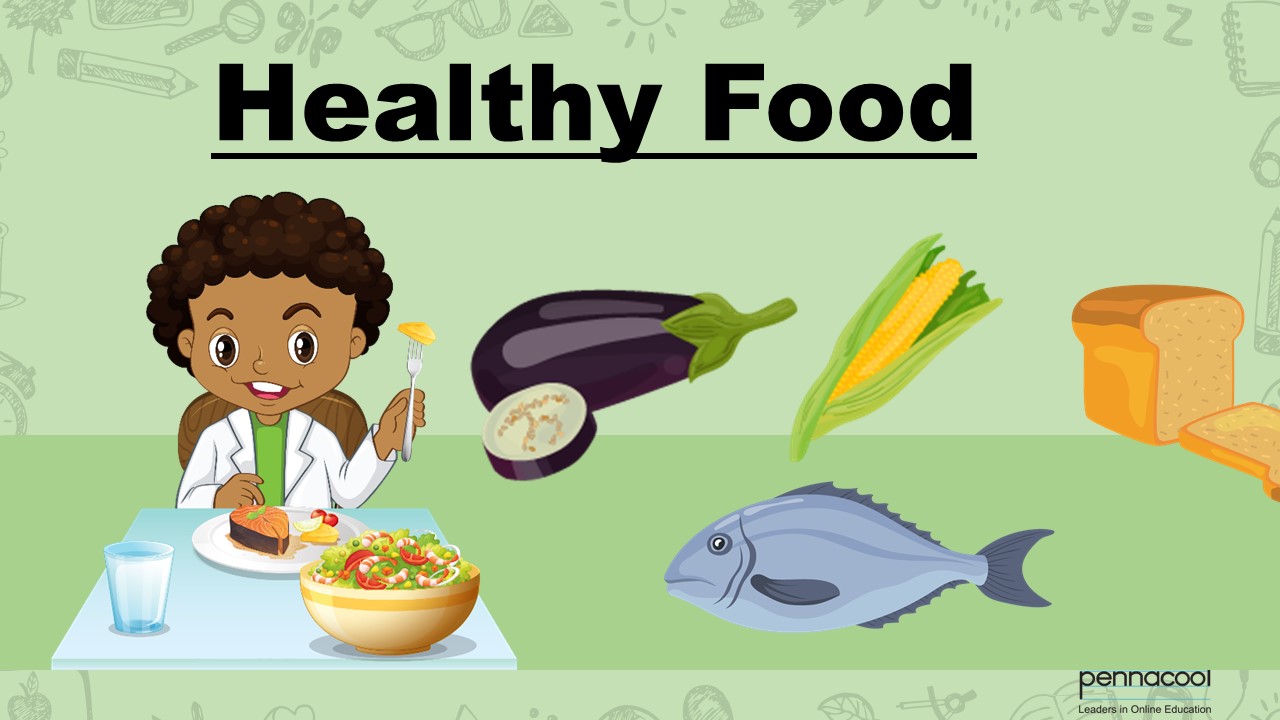
Learn about how eating a balanced diet is key to staying fit and healthy.
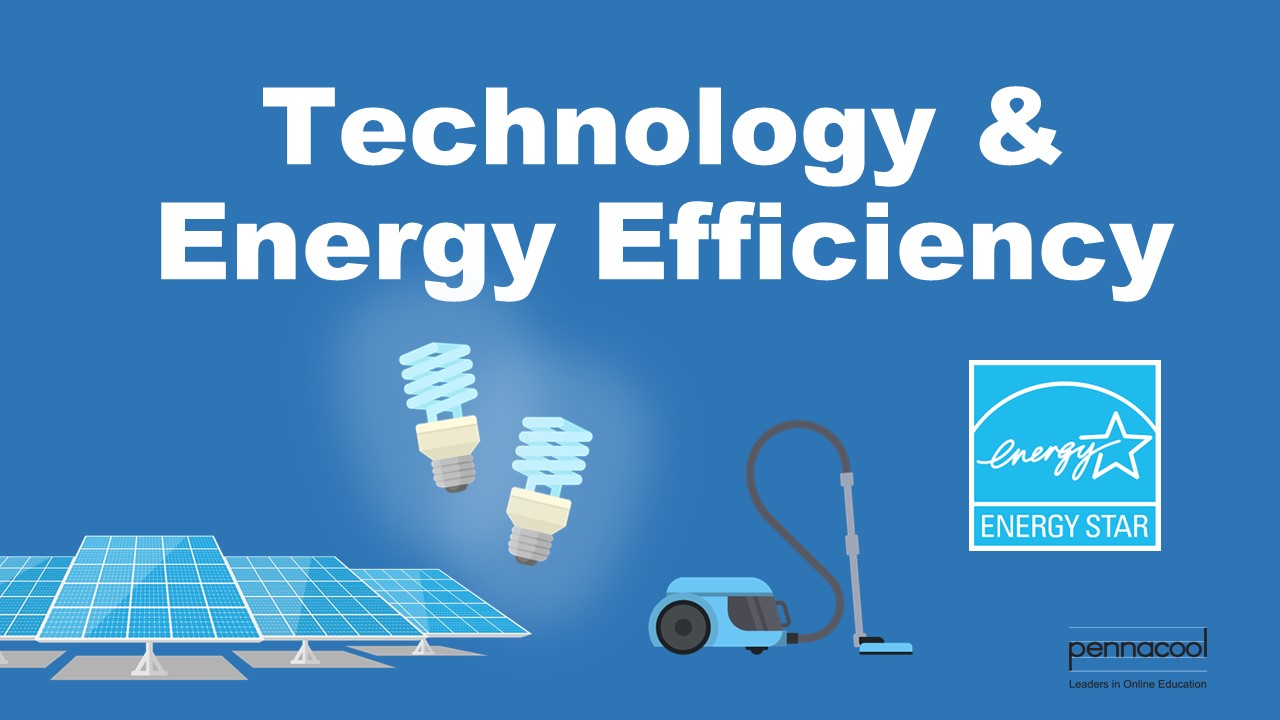
Learn about technology we use in our daily lives and ways in which they can use less energy.
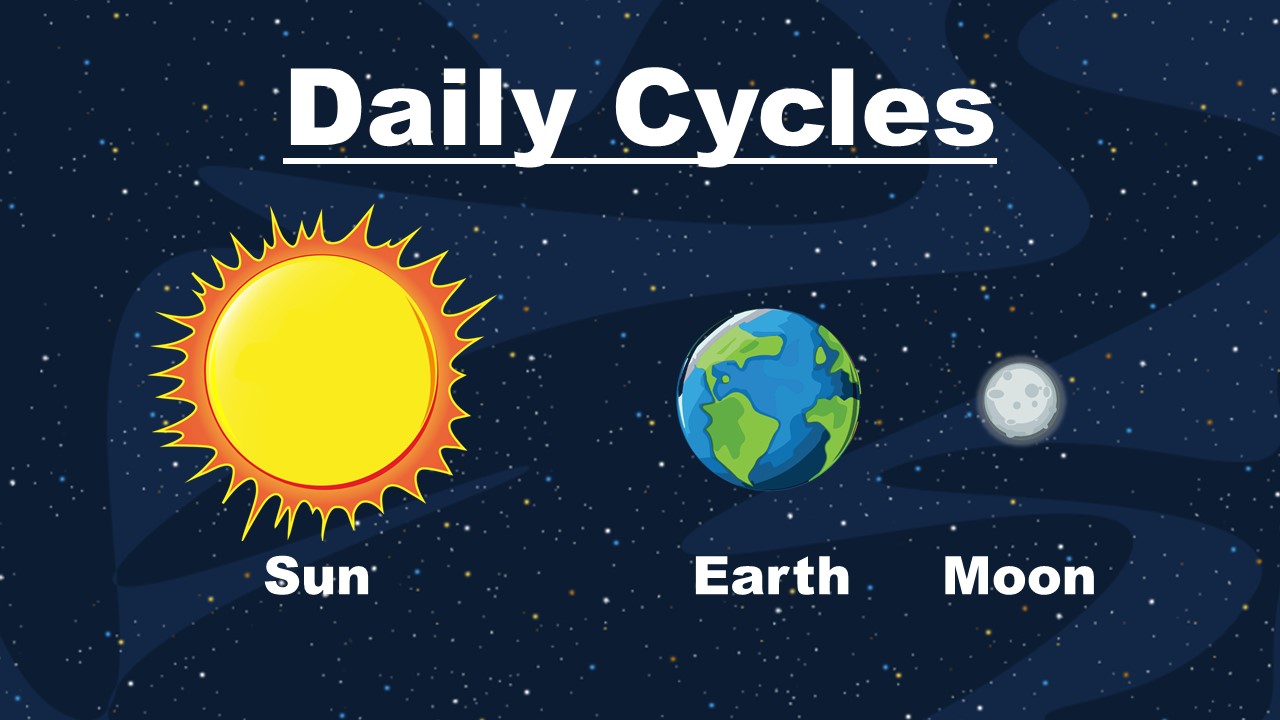
When we are asleep, when we are awake, what we see in the sky, whether it is the moon or sun, is determined by the earth’s cycle. The cycle of the earth around the sun determines the shape of our day.
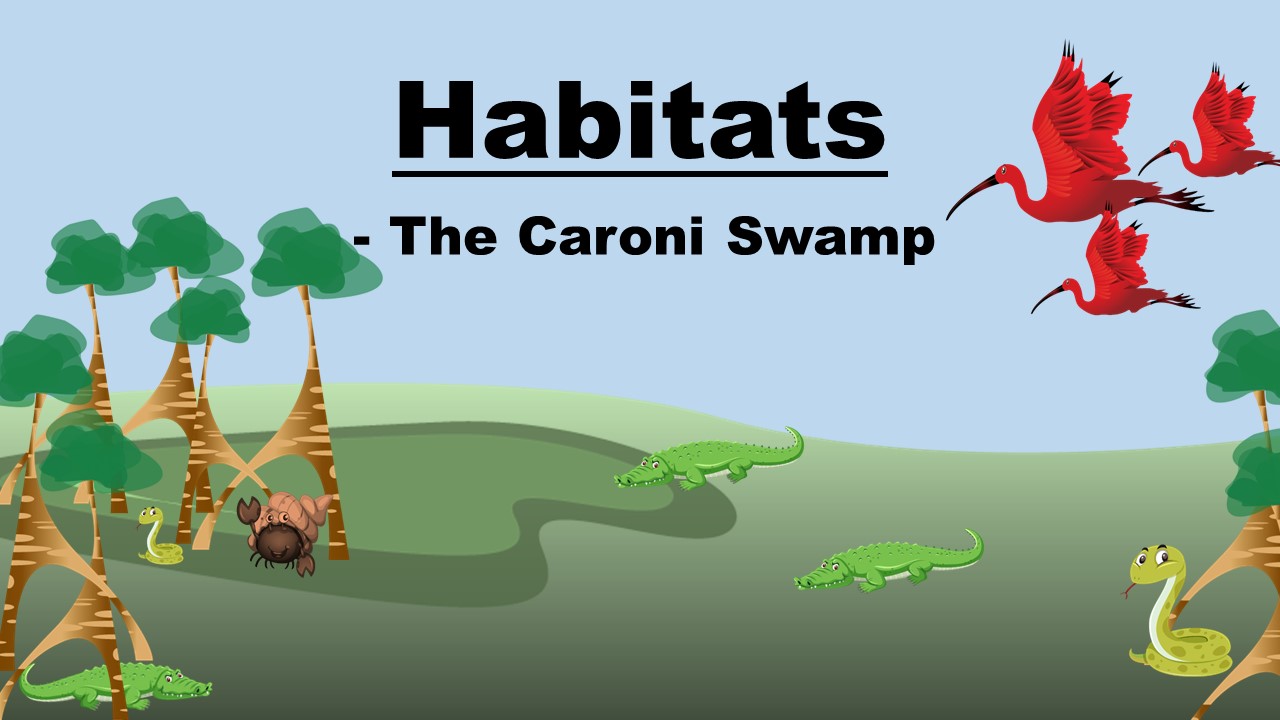
A habitat is a home. It is where a person or an animal lives. There are many different sorts of habitats around the world from forests to rivers and grasslands and from mountain slopes to deserts and oceans.
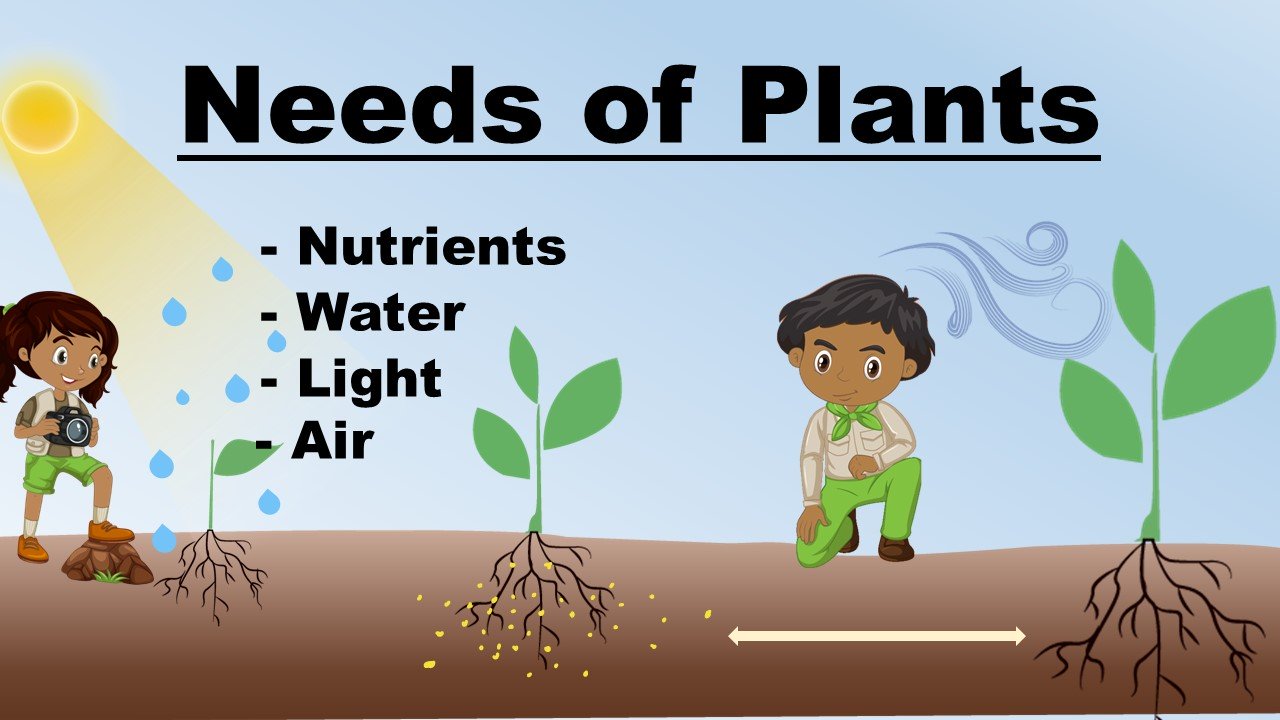
Plants need water, carbon dioxide and sunlight so that they can produce energy for growth, but for healthy growth, plants also need water and nutrients.
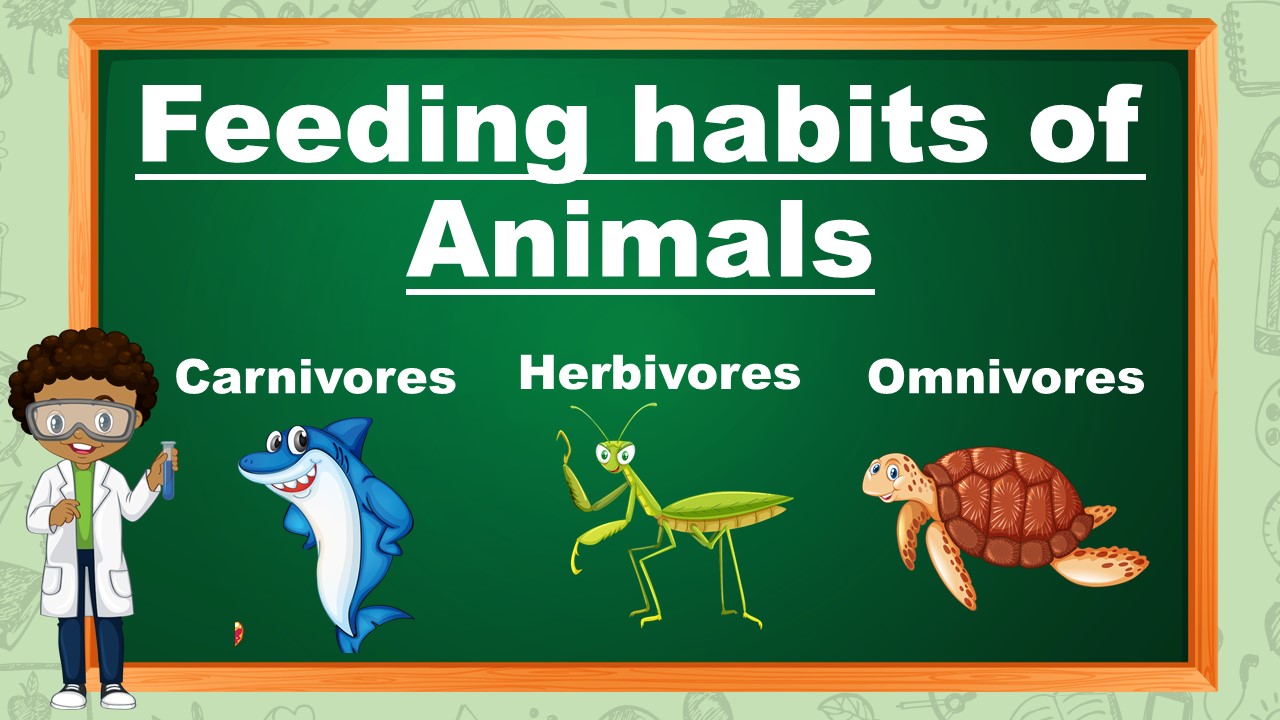
Animals are living things. Food gives them the nutrients and energy they need to remain healthy, to grow and to move around.
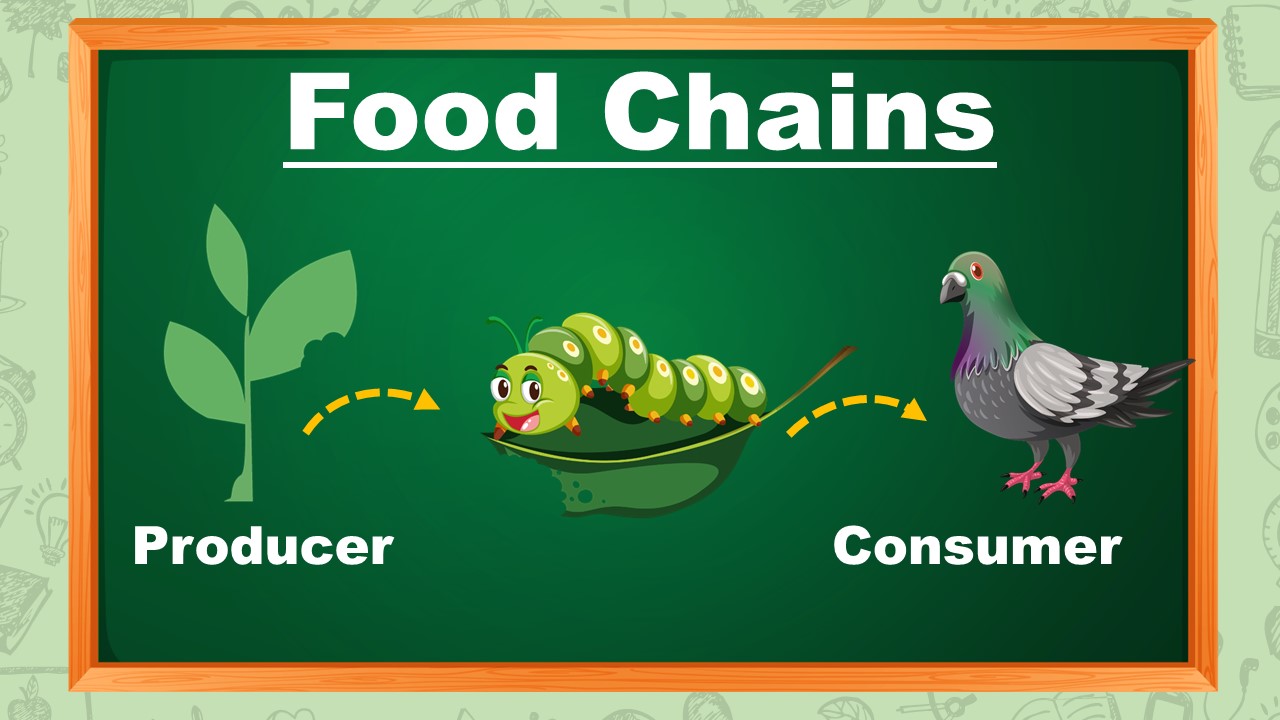
A food chain shows how each living thing gets food, and how nutrients and energy are passed from one living thing to another.
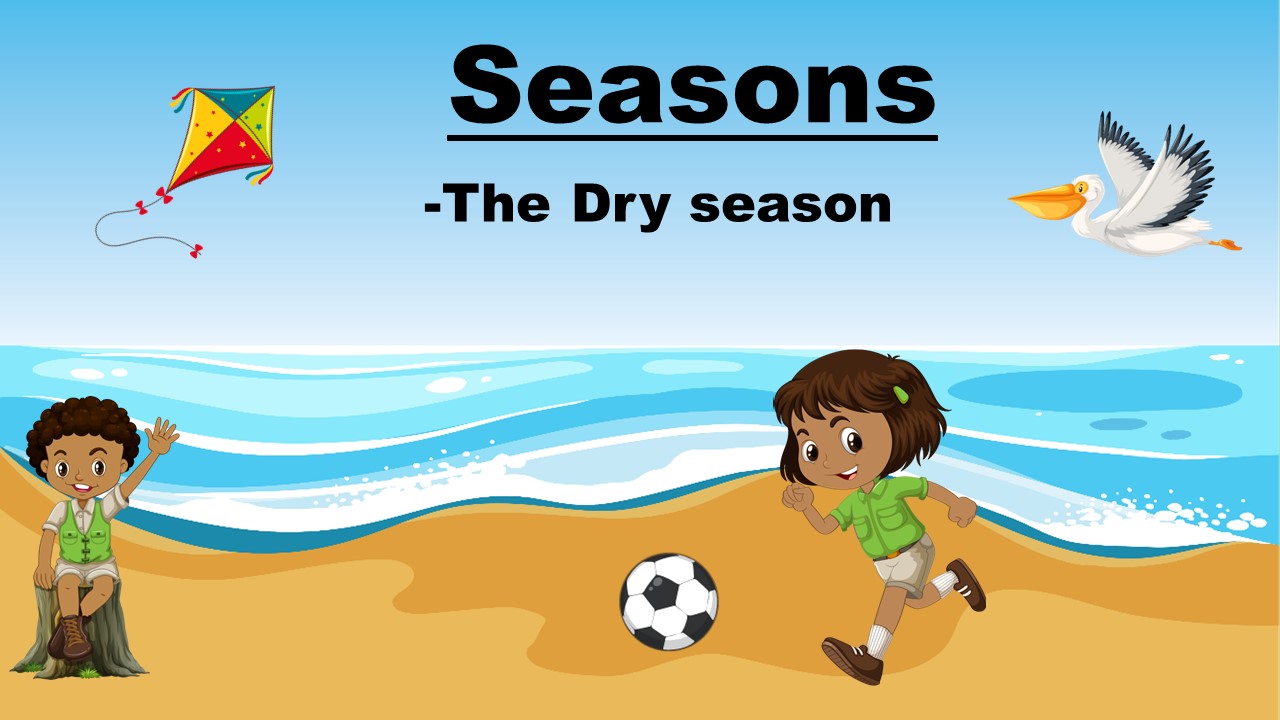
Seasons are divisions of the year, defined by changes in weather and the position of Earth in its orbit around the Sun. Many tropical areas have a dry and wet season.
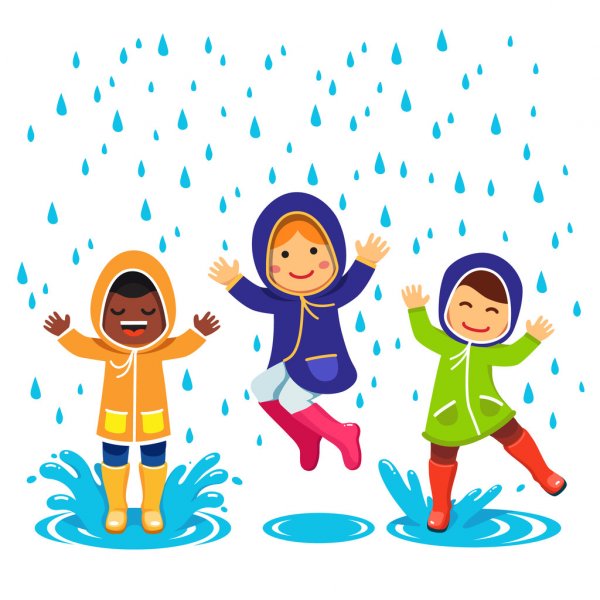
Weather can be described as the state of the atmosphere at a particular place during a short period of time.
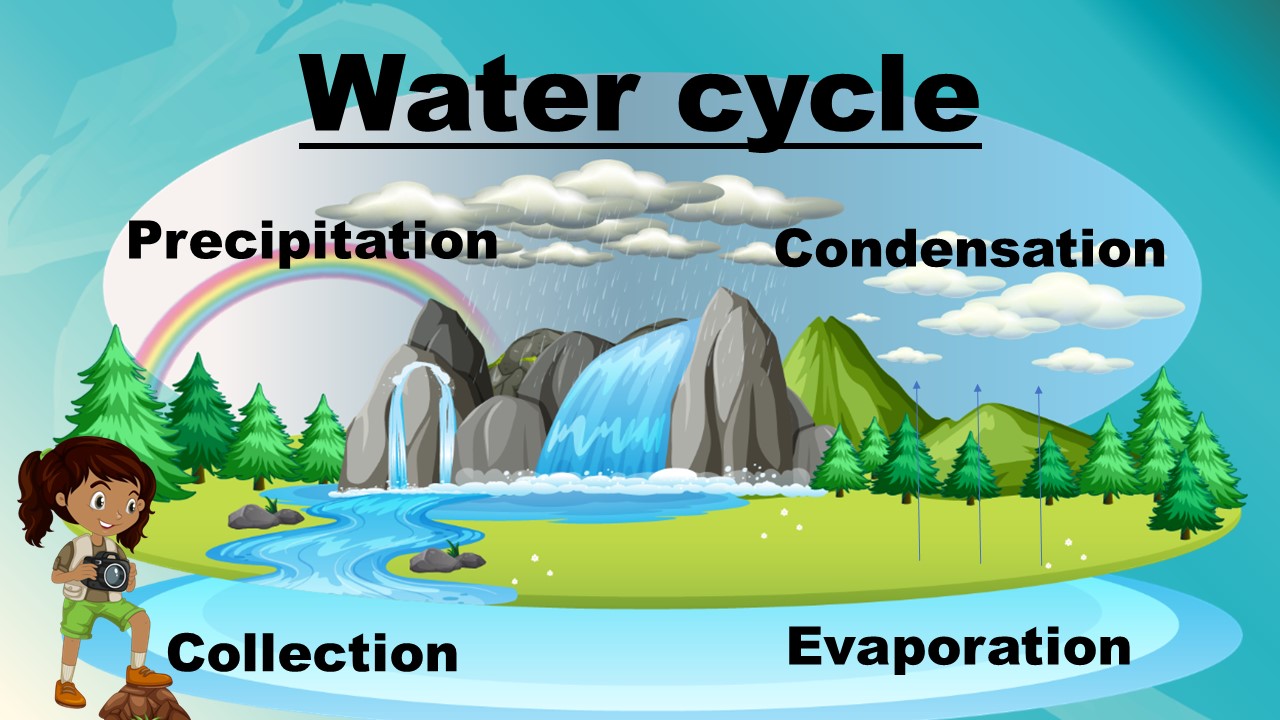
The water cycle describes how water evaporates from the surface of the earth, rises into the atmosphere, cools and condenses into clouds, and falls again to the surface as rain or snow.
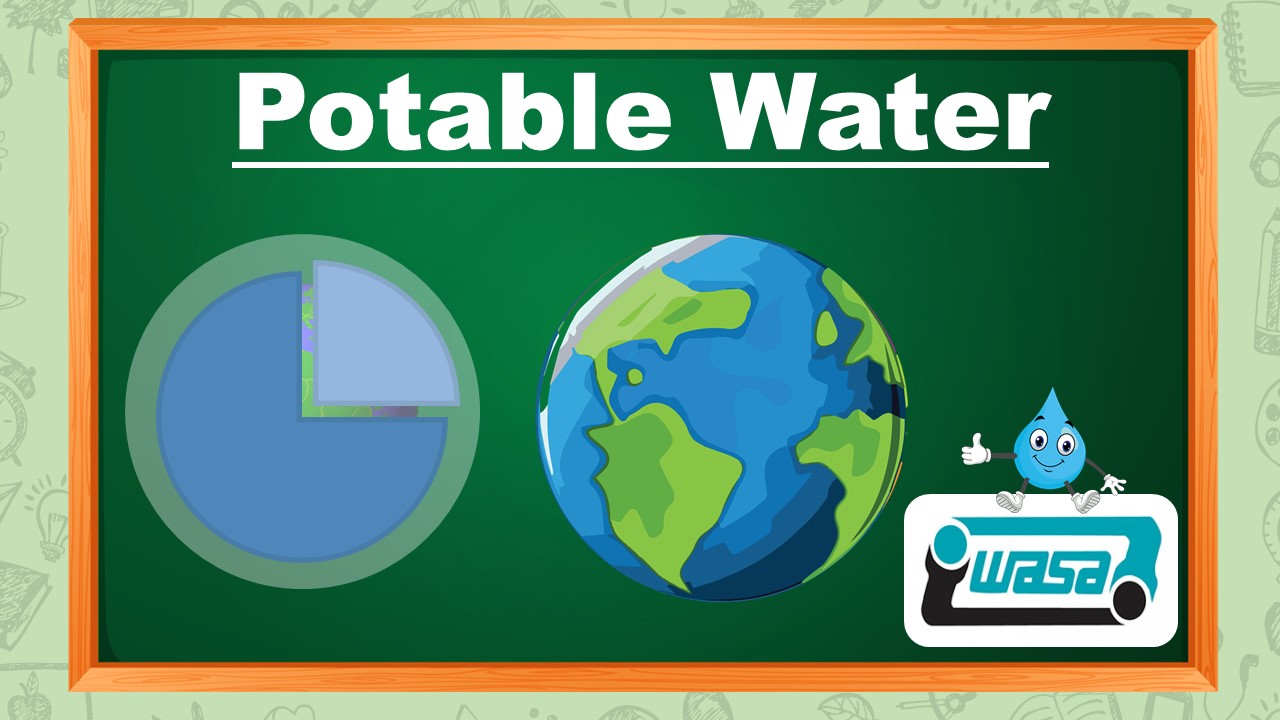
Potable water is water that is safe to drink or use to make food. We get pipe borne water from the Water and Sewage Authority (W.A.S.A.)
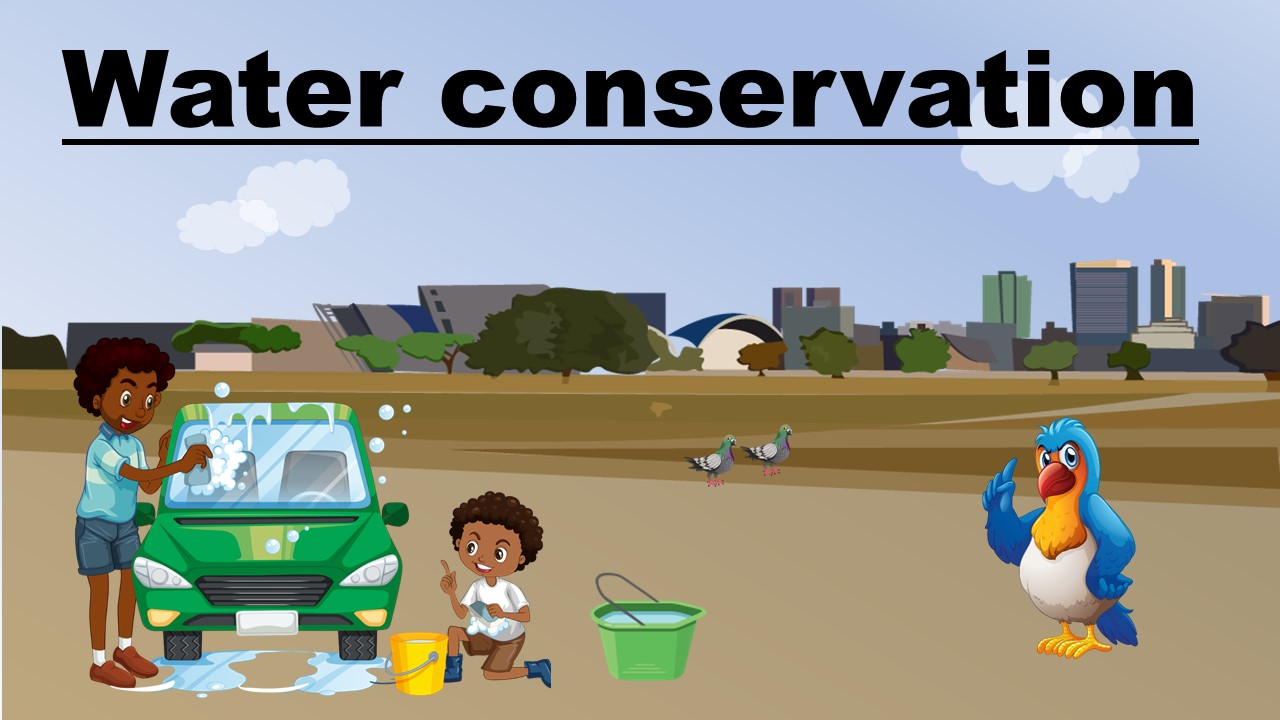
Water is important for life. Conservation is about using it wisely so we would always have to fulfill our needs.
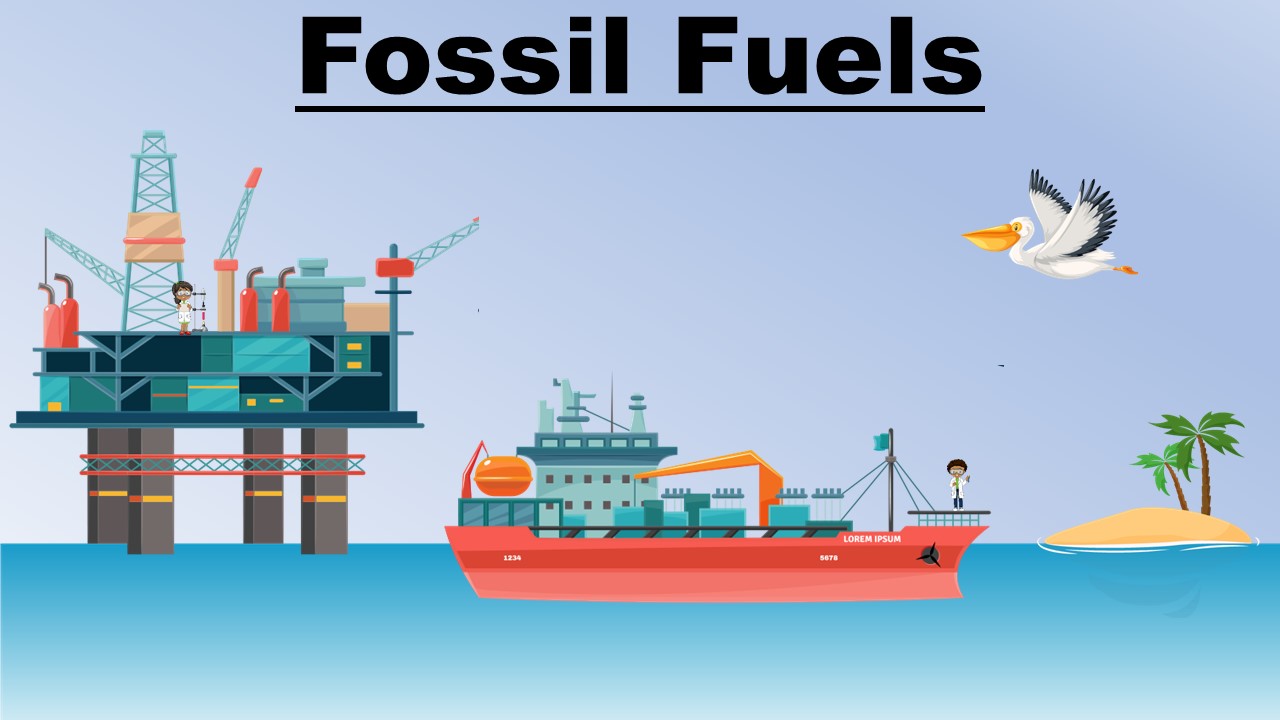
A Fossil Fuel is a non-renewable source of energy. It supplies 90% of the world’s energy. One day it will be depleted.
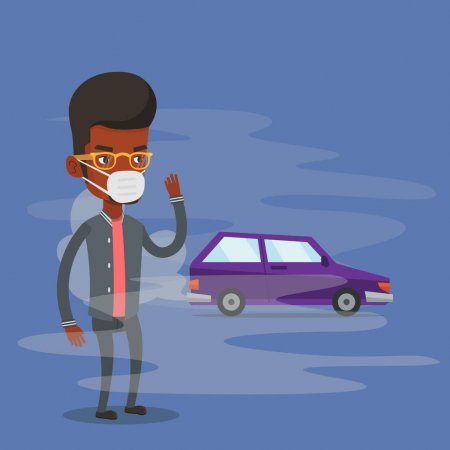
Carbon Emissions and Green House Gases is the result of human activities such as burning fossil fuels, agriculture and land.
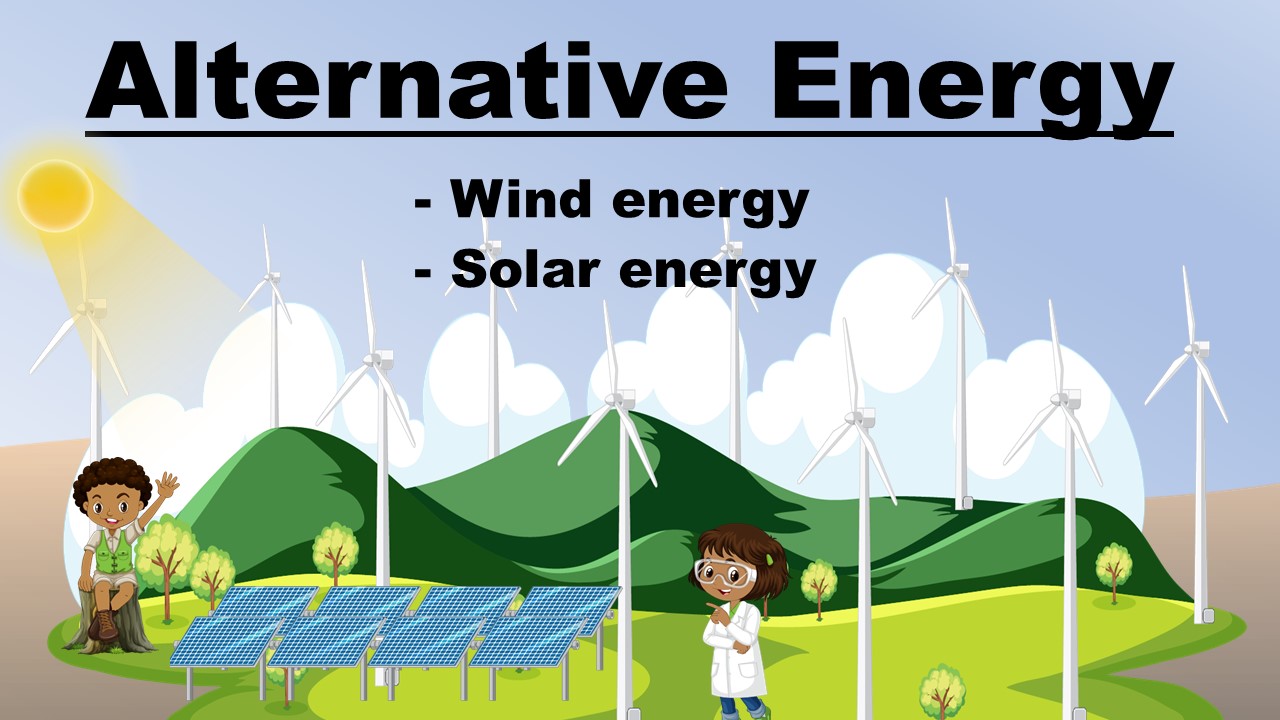
An Alternative energy is a source of energy that is renewable. Unlike fossil fuels, alternative energy is not likely to run out.
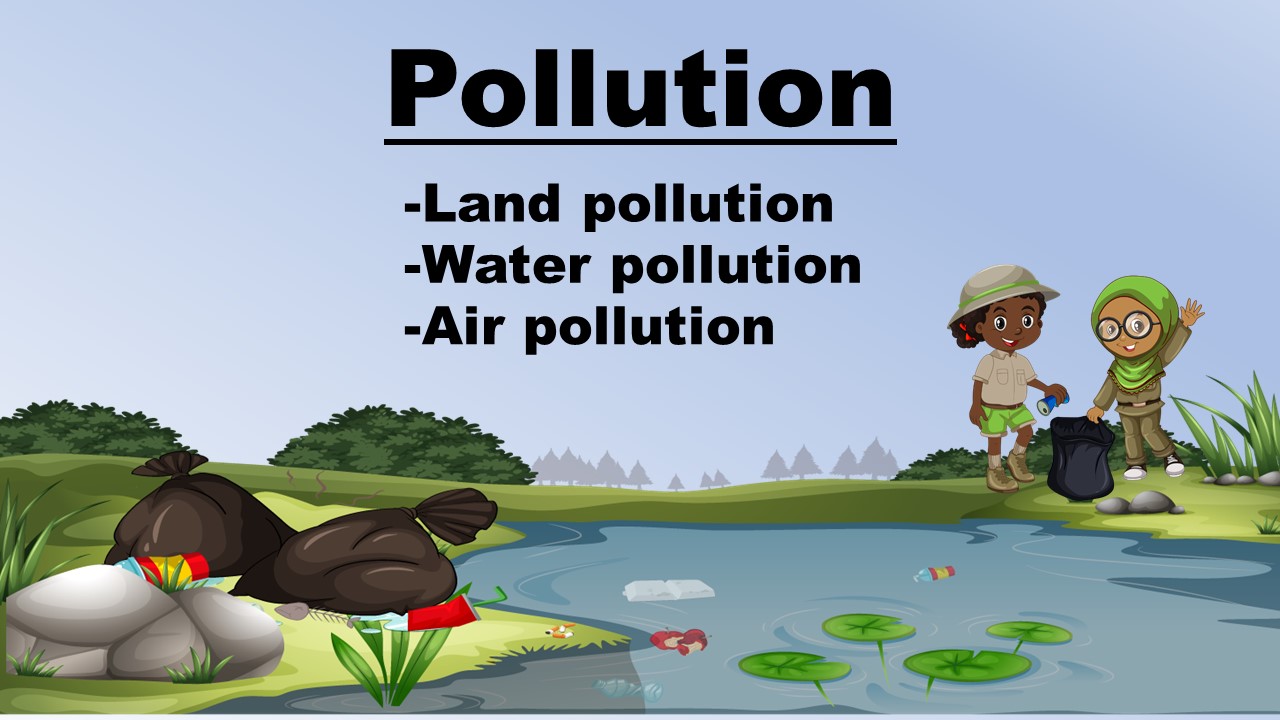
Pollution is anything that makes the earth unclean. Pollution occurs when there is contamination of the earth’s air, water and soil.
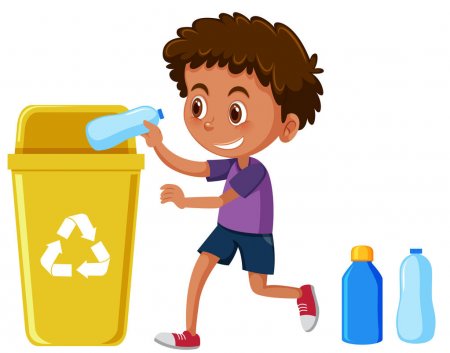
Looking at ways we can help the earth to heal by reducing, reusing or recycling our trash.
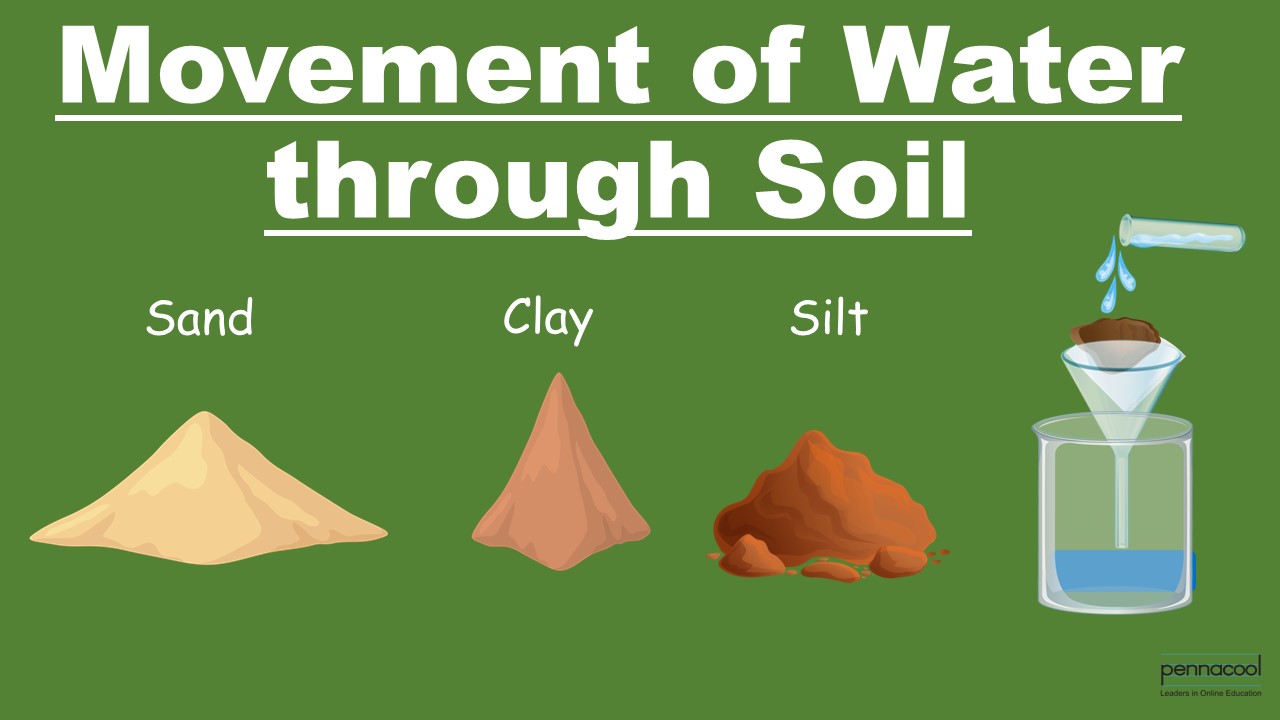
Explore the ways in which water moves through various types of soil.
